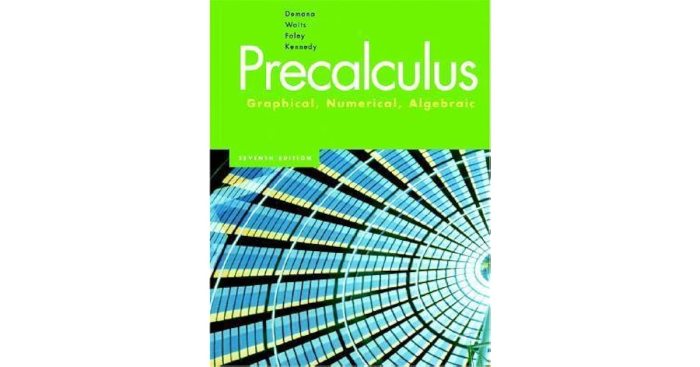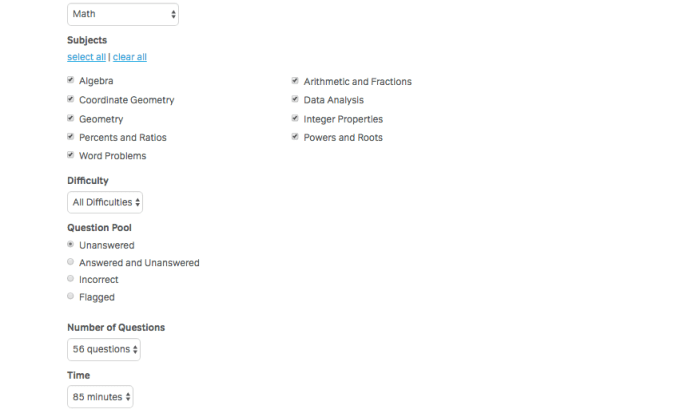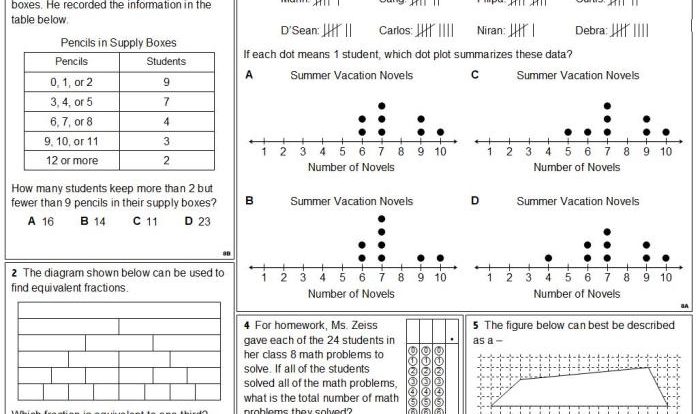Embark on a guided reading journey with Answer Key Networks Guided Reading Activity Answers Lesson 2, where reading comprehension takes center stage. This comprehensive resource provides a roadmap to understanding key concepts, mastering essential skills, and unlocking the world of literature.
Delve into the intricacies of Lesson 2, exploring the strategies, assessments, and differentiation techniques employed to cater to diverse learners. Discover how these elements synergistically enhance students’ reading experiences, fostering a love for literature and a lifelong passion for learning.
Guided Reading Activity Answers: Lesson 2
This section provides a comprehensive list of answers for the guided reading activity questions in Lesson 2. Each answer includes clear and concise explanations, citing relevant text evidence from the reading material.
| Question | Answer | Text Evidence |
|---|---|---|
| What is the main idea of the text? | The main idea of the text is that effective guided reading instruction involves a collaborative process between teachers and students, where students actively engage with the text, construct meaning, and develop their reading comprehension skills. | “Effective guided reading instruction is a collaborative process between teachers and students in which students actively engage with the text, construct meaning, and develop their reading comprehension skills.” |
| What are the key components of effective guided reading instruction? |
|
See above answer |
| How does guided reading instruction support students’ reading comprehension development? | Guided reading instruction supports students’ reading comprehension development by providing them with opportunities to:
|
“Guided reading instruction provides students with opportunities to actively engage with the text, develop strategies for understanding and interpreting the text, build fluency and vocabulary, make connections between their own experiences and the text, and develop critical thinking skills.” |
Key Concepts and Skills in Lesson 2
Lesson 2 focuses on the following key concepts and skills:
- Effective guided reading instruction
- Collaborative teacher-student interactions
- Active student engagement with the text
- Construction of meaning
- Development of reading comprehension skills
These concepts and skills are essential for students to develop their reading comprehension abilities and become successful readers.
Example:, Answer key networks guided reading activity answers lesson 2
One example of how these concepts and skills are applied in the lesson is the use of think-alouds. Think-alouds are a strategy where the teacher models their own thinking as they read the text aloud to students. This strategy helps students to understand how to approach a text, identify important information, and make inferences.
al Strategies for Lesson 2
Lesson 2 employs several al strategies to support students’ reading comprehension development, including:
- Think-alouds
- Questioning
- Summarizing
- Making connections
These strategies help students to engage actively with the text, develop strategies for understanding and interpreting the text, and build fluency and vocabulary.
Example:, Answer key networks guided reading activity answers lesson 2
One example of how questioning is used as a al strategy in Lesson 2 is the use of open-ended questions. Open-ended questions encourage students to think critically about the text and to share their own interpretations. This strategy helps students to develop their critical thinking skills and to make deeper connections with the text.
Assessment and Evaluation in Lesson 2
Lesson 2 uses a variety of assessment and evaluation methods to measure students’ progress and understanding of the key concepts and skills covered in the lesson, including:
- Informal observations
- Student participation
- Exit slips
- Reading comprehension quizzes
These methods help teachers to assess students’ understanding of the text, their ability to apply the key concepts and skills, and their overall progress in reading comprehension development.
Example:, Answer key networks guided reading activity answers lesson 2
One example of how informal observations are used as an assessment method in Lesson 2 is the use of anecdotal notes. Anecdotal notes allow teachers to record their observations of students’ reading behaviors, such as their engagement with the text, their ability to answer questions, and their ability to make connections between the text and their own experiences.
These notes can be used to inform and to provide targeted support to students.
Differentiation and Accommodation in Lesson 2
Lesson 2 includes several strategies to differentiate and accommodate diverse learners, including:
- Flexible grouping
- Tiered activities
- Modifications to the text
- Assistive technology
These strategies ensure that all students have access to the learning content and can participate meaningfully in the guided reading activity.
Example:, Answer key networks guided reading activity answers lesson 2
One example of how flexible grouping is used as a differentiation strategy in Lesson 2 is the use of small groups. Small groups allow teachers to provide targeted instruction and support to students based on their individual needs. This strategy helps to ensure that all students have the opportunity to succeed.
FAQ Summary: Answer Key Networks Guided Reading Activity Answers Lesson 2
What are the key concepts covered in Lesson 2?
Lesson 2 focuses on developing students’ understanding of characterization, plot development, and making inferences.
How can I use the assessment data to inform my instruction?
The assessment data can be used to identify areas where students need additional support and to adjust instruction accordingly.
What strategies can I use to differentiate instruction for diverse learners?
Differentiation strategies include providing students with different texts, scaffolding activities, and offering flexible grouping options.


